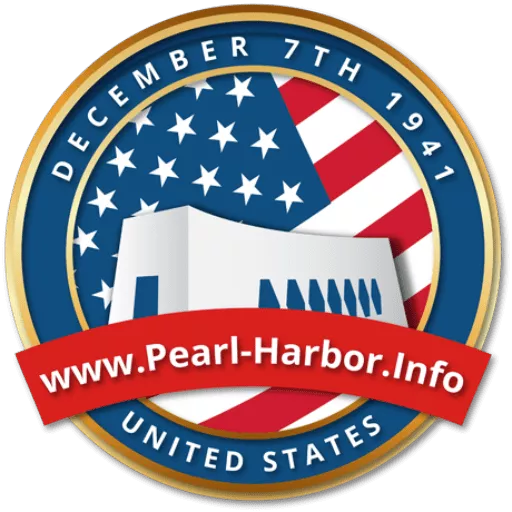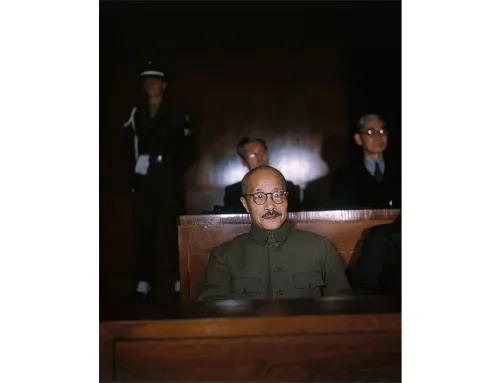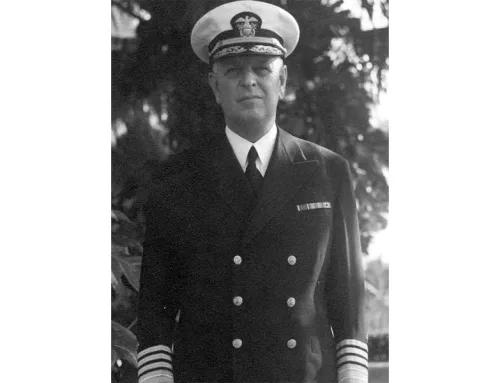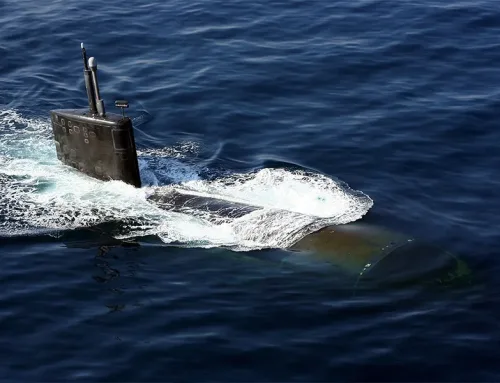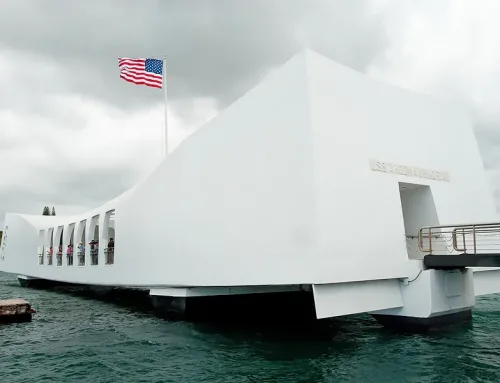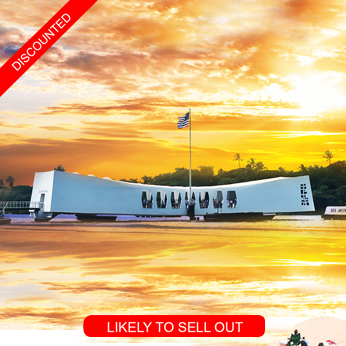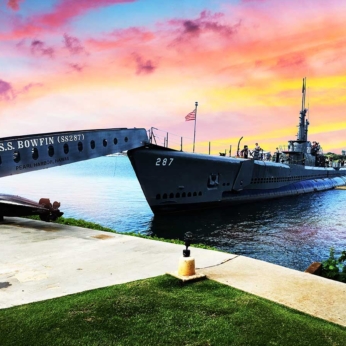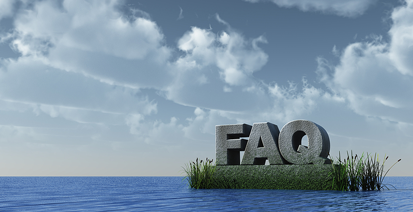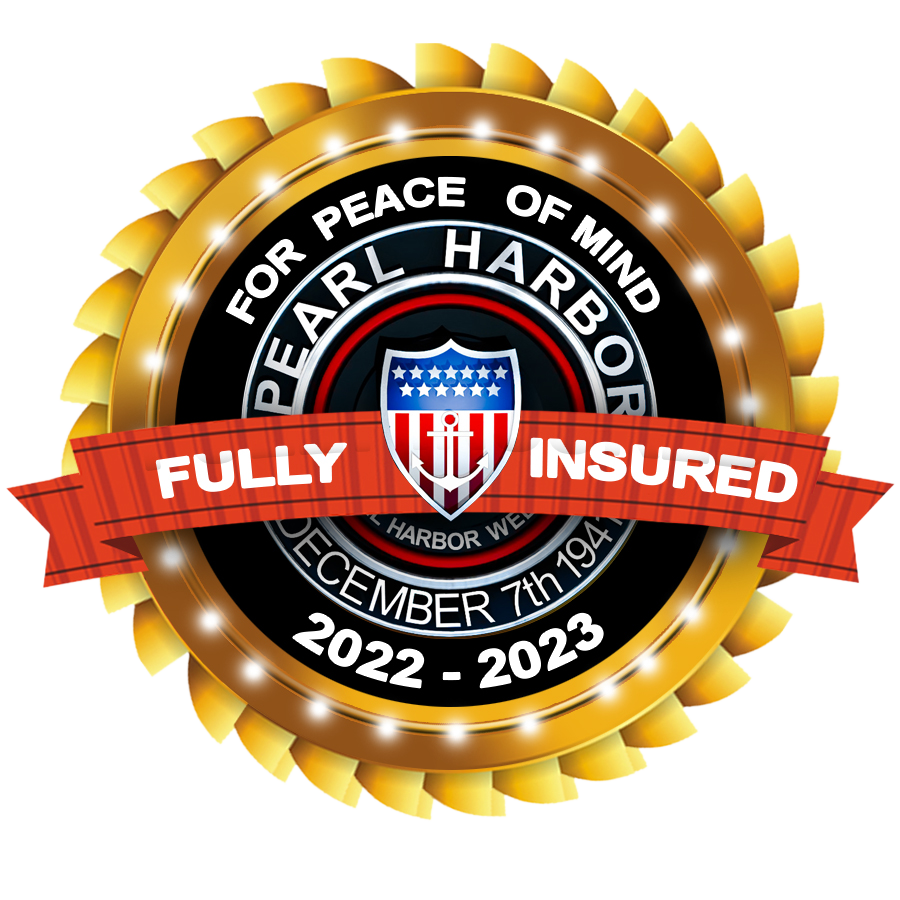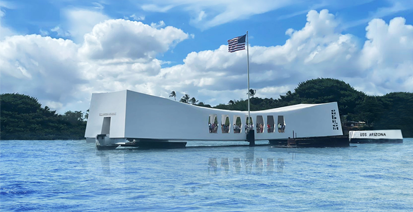Learning Pearl Harbor: What was the Kido Butai?
Chuichi Nagumo (front row, center) with the staff of the 1st Air Fleet, Nagumo was commander of the 1st Air Fleet from 10 April 1941 - 14 July 1942. Photo taken presumably on board Akagi, Nagumo's flagship., Unknown photographer for the IJN, 1942, https://twitter.com/yokoya_hideaki/status/1439071559545589766?t=KLU2uiGfXoTYqF-2hJ7KJg&s=19, PD-Japan-Oldphoto
The Kido Butai, formally known as the First Air Fleet of the Imperial Japanese Navy, played a pivotal role in the attack on Pearl Harbor on December 7, 1941. “Kido Butai” translates to “mobile force,” a fitting name for the strike force that changed the course of history. It was a carrier-based fleet, and its ability to travel undetected across the Pacific Ocean to strike the heart of the U.S. Pacific Fleet is still seen as one of the most audacious military maneuvers ever attempted.
A High-Stakes Gamble
The idea of launching a preemptive strike using the Kido Butai came from Admiral Isoroku Yamamoto, a prominent Japanese naval strategist. Yamamoto, known as a risk-taker, believed the attack was essential to cripple the U.S. Navy’s power in the Pacific. However, many in the Japanese military saw it as a dangerous gamble. The fear was that American forces might discover and attack the fleet before it reached Pearl Harbor, which would have resulted in a catastrophic failure for Japan.
This risk was heightened by the fact that the Kido Butai had to travel over 3,000 miles, far from any Japanese base. If any of the carriers were damaged during the voyage or the attack, towing them back for repairs would have been nearly impossible. Furthermore, maintaining secrecy during the journey added an additional layer of difficulty.
Overcoming Logistical Challenges
Navigating the Kido Butai across such a vast distance required meticulous planning. To avoid detection, the fleet chose a northern route, which extended their journey but reduced the risk of encountering American ships or aircraft. Refueling the fleet was another challenge. The fleet’s tankers had to transfer fuel in turbulent, stormy seas while keeping the operation concealed from any passing ships, including commercial vessels.
Despite these obstacles, the Kido Butai managed to arrive 230 miles north of Oahu without being detected by U.S. forces. This achievement remains a remarkable example of stealth and coordination in naval history.
Composition of Kido Butai
The Kido Butai was an impressive fleet led by Vice Admiral Chuichi Nagumo. It included six aircraft carriers, the largest number of carriers ever assembled for a single mission at that time. In addition, the fleet consisted of two battleships, two heavy cruisers, nine destroyers, eight oil tankers, and 23 submarines. Some of the submarines carried two-man midget submarines that were meant to infiltrate Pearl Harbor during the attack.
The fleet’s air power was formidable, with 414 aircraft on board the carriers. These included Mitsubishi A6M “Zero” fighters, Nakajima B5N “Kate” torpedo bombers, and Aichi D3A “Val” dive bombers. Together, they formed the heart of the offensive force that would devastate Pearl Harbor.
The Decision to Abort the Third Wave
Following the success of the initial waves, Vice Admiral Nagumo made the controversial decision to abort a planned third wave of attacks. He was concerned about the potential for a U.S. counterattack on the fleet, which remained vulnerable far from home. Some historians and Japanese naval officers have criticized this decision, believing that a third wave could have destroyed critical targets, such as Pearl Harbor’s oil tanks, shipyard facilities, and submarine base.
Despite the success of the attack, the decision not to launch a third wave is seen as a missed opportunity that could have dealt an even more crippling blow to the U.S. Navy.
In conclusion, the Kido Butai’s attack on Pearl Harbor was a high-stakes gamble that paid off in the short term but ultimately set the stage for Japan’s defeat in the Pacific War. The operation remains a fascinating study of military strategy, risk, and the unpredictable nature of warfare.
Most Popular Oahu Tours
Best Pearl Harbor Tours

The following tours are recognized as the most popular Pearl Harbor Tours on Oahu. While generally, our price is the lowest in the market now, for a limited time, they are on sale too. Please be advised that Pearl Harbor tickets and USS Arizona Memorial tickets are included in all of our Arizona Memorial Tours, Pearl Harbor small group tours, and private Pearl Harbor tours.
